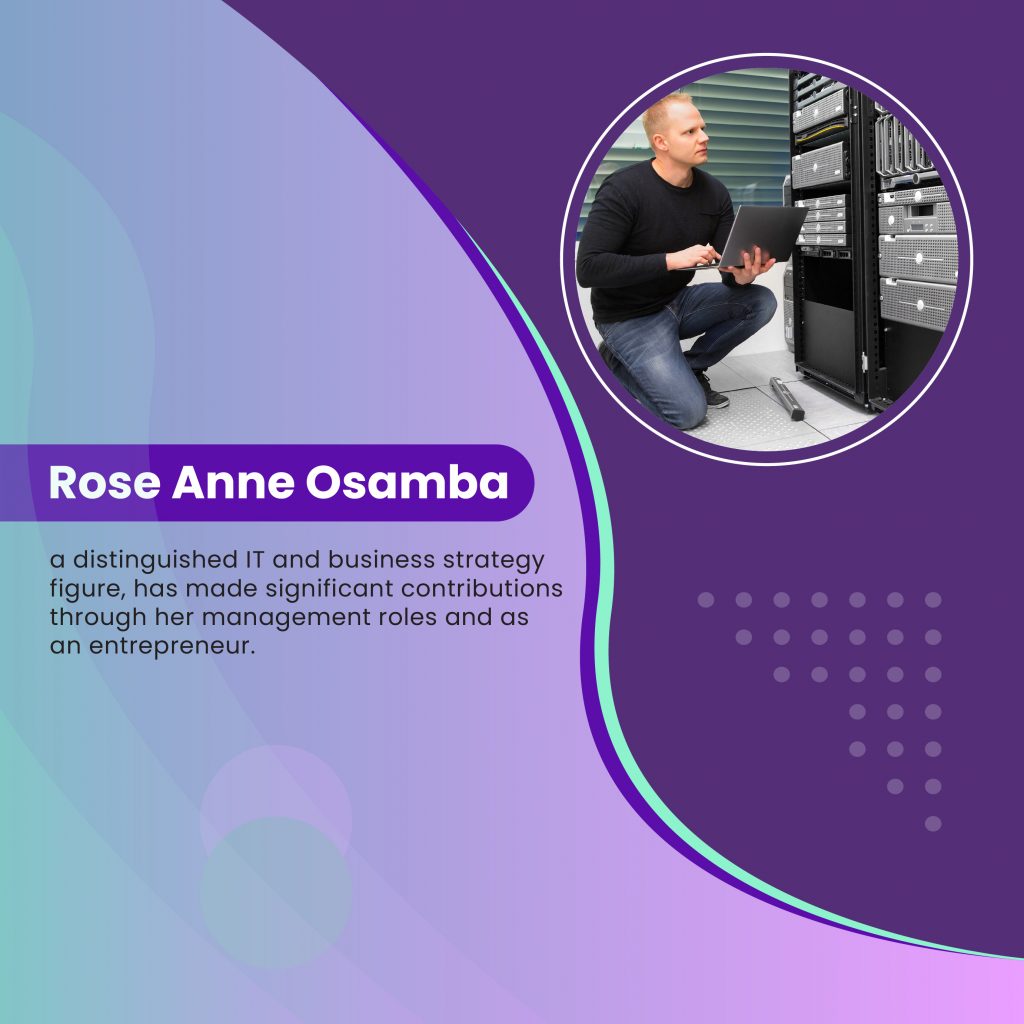Securing the Future: Navigating the Complexities of Security and Accessibility in IT Modernization



In the rapidly evolving digital landscape, organizations face the ongoing challenge of updating their IT systems to ensure robust security while enhancing accessibility. This extensive exploration, tailored to provide a comprehensive overview and surpassing 1000 words, delves into the strategic imperative of IT modernization. We examine the critical balance between implementing stringent security measures and ensuring systems are accessible to all users, thereby protecting sensitive data and the inclusivity of digital resources.
The Imperative of IT Modernization
IT modernization is not merely an upgrade of old systems but a strategic overhaul aimed at aligning with the latest technological advancements and regulatory requirements. This process is vital for enhancing operational efficiency, ensuring data integrity, and expanding the user base through increased accessibility. The challenge, however, lies in balancing the stringent needs of security with the ethical and practical requirements of accessibility.
Dual Challenges in a Digital World
The Security Dimension
At the heart of IT modernization lies the challenge of security. With the increasing sophistication of cyber threats, from data breaches to advanced persistent threats, organizations must fortify their defenses in more complex and dynamic ways. The stakes are high, as security breaches can lead to significant financial losses, damage to reputation, and legal repercussions.
The Accessibility Aspect
Equally important is accessibility. This involves designing systems that are usable for everyone, including those with disabilities. It’s a commitment to inclusivity that not only meets legal compliance, such as the Americans with Disabilities Act (ADA) but also broadens the organization’s reach and enhances user engagement across diverse demographics.
Integrative Design Philosophy
The key to balancing security and accessibility is to adopt an integrative design philosophy. This approach involves planning for security and accessibility as foundational components of the IT architecture rather than retroactively adapting systems to meet these needs. By doing so, organizations can build systems that are inherently more secure and accessible, reducing the need for costly and disruptive future modifications.
Leveraging Emerging Technologies
Innovations in technology offer potent tools for enhancing accessibility. For example, blockchain technology can provide a secure and transparent data storage method. At the same time, AI can automate and improve accessibility features, such as real-time speech-to-text transcription or personalized interface adjustments for users with visual impairments.
Continuous Monitoring and Adaptation
To effectively balance security with accessibility, organizations must commit to continuous monitoring and adaptation. This dynamic approach allows for the regular assessment of security measures and accessibility standards, ensuring that systems remain up-to-date with the latest security threats and accessibility guidelines.
Education and Cultural Change
Promoting an organizational culture that values security and accessibility is essential. This involves training employees on the importance of security practices and accessibility standards and encouraging continuous improvement. By fostering an inclusive and security-conscious culture, organizations can enhance their resilience against threats and commitment to user inclusivity.
Case Studies: Lessons from the Field
Exploring case studies where organizations successfully balance security with accessibility provides practical insights. For instance, a healthcare provider implemented an electronic health records system that meets standards, including data encryption and multi-factor authentication, and ensures that the system is accessible to healthcare professionals and patients with disabilities, featuring screen readers and voice control options.
The Road Ahead
The journey towards balanced IT modernization is ongoing and complex. It requires a strategic approach that integrates security and accessibility into the core of IT systems. Organizations that embrace this challenge comply with regulatory requirements and position themselves as leaders in a digital age of security and inclusivity. The future of IT modernization lies in creating systems that protect sensitive information and empower all users, thereby transforming technological barriers into bridges of opportunity.
